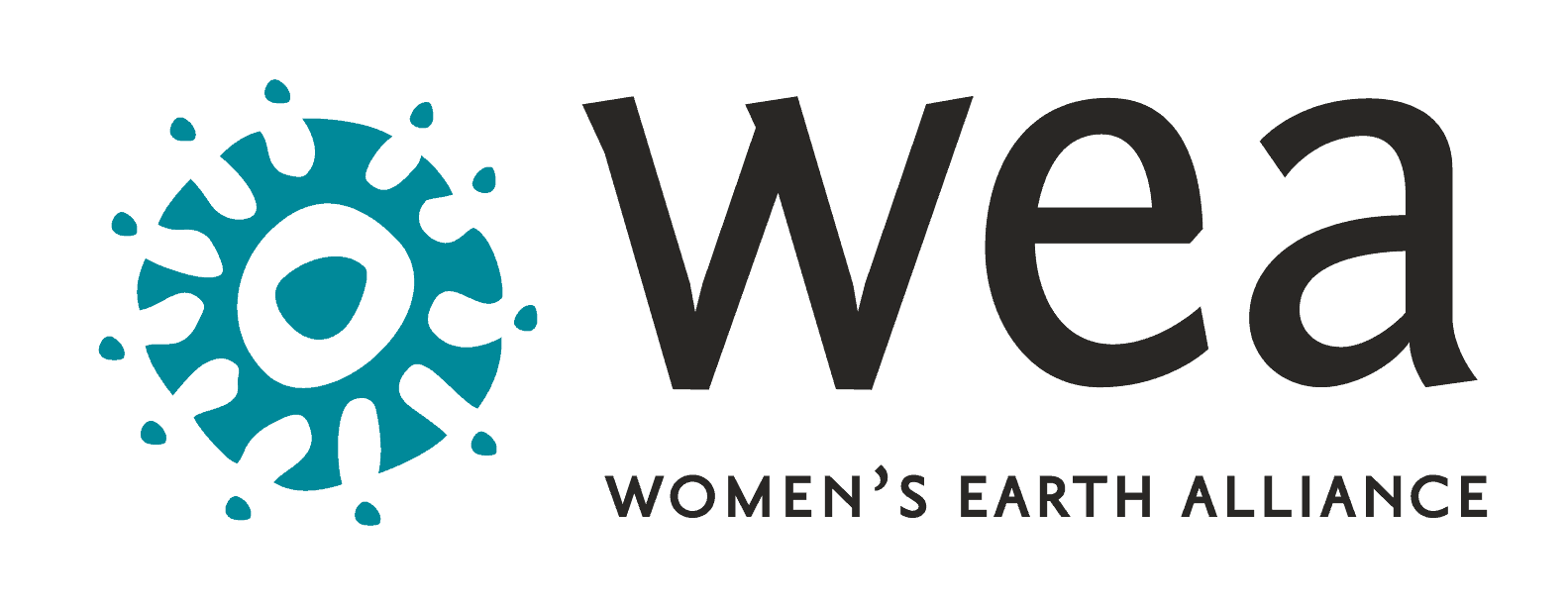Sanitation and Hygiene and WEA Women
Through WASH education activities, groups learn about water collection, safe storage, the importance of clean water and the benefits of sanitation. Within six months after the training in Ghana, many women were able to construct water and sanitation technologies in communities challenged by drought, illness and poor sanitation. Their work on these projects after training provided over 75 communities with clean water and sanitation.

MEET NADIATU AND VICTORIA:
After attending the training in Ghana, two women, Nadiatu and Victoria, returned to their village to share teachings and present their new water treatment system to the community. Watch below!

Additional Resources:
- CNN published a powerful article on sanitary practices and how they are taken for granted.
- The World Bank has data on the damaging effects that a lack of sanitation and hygiene resources can have on girl’s educations.
